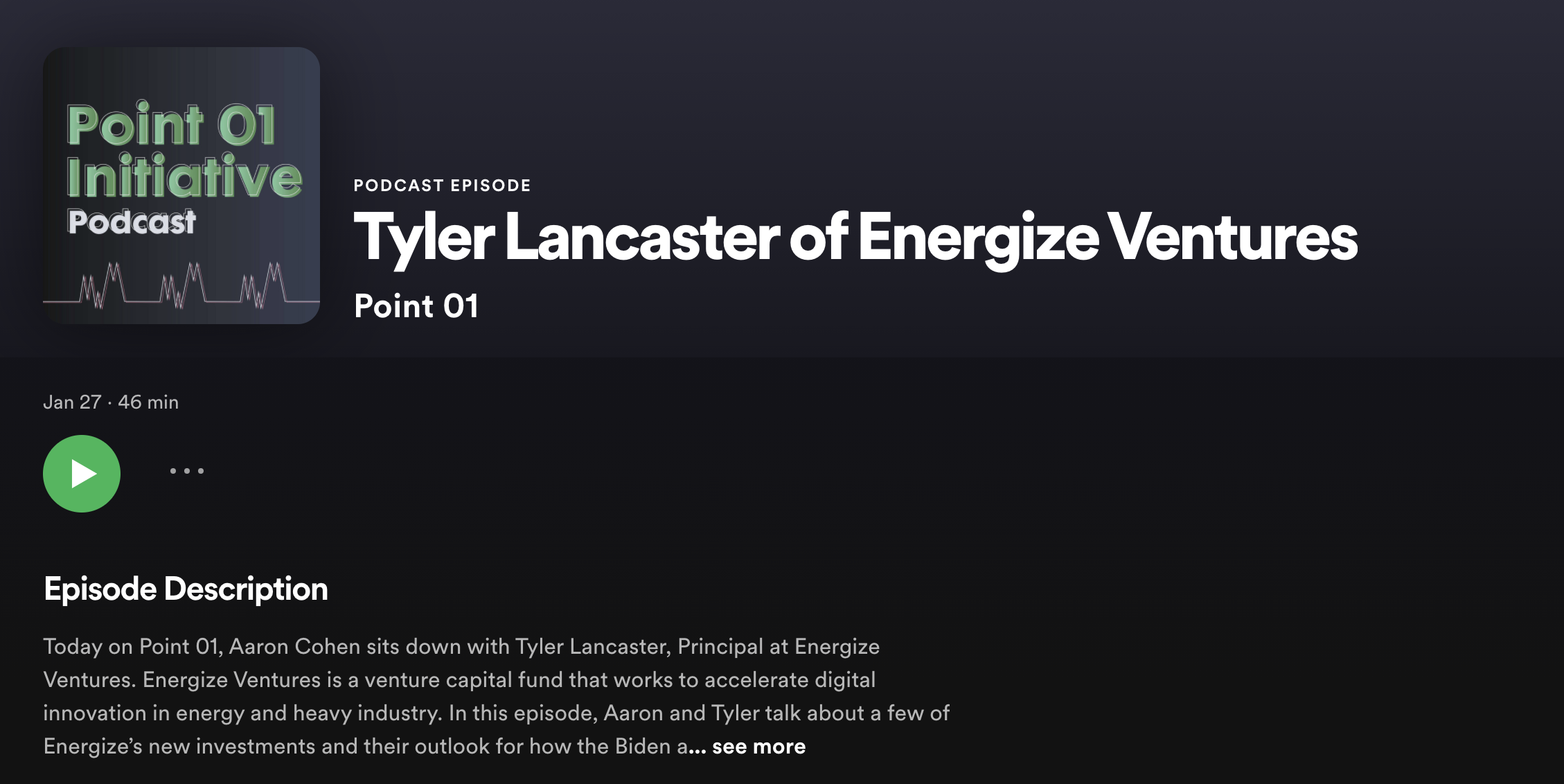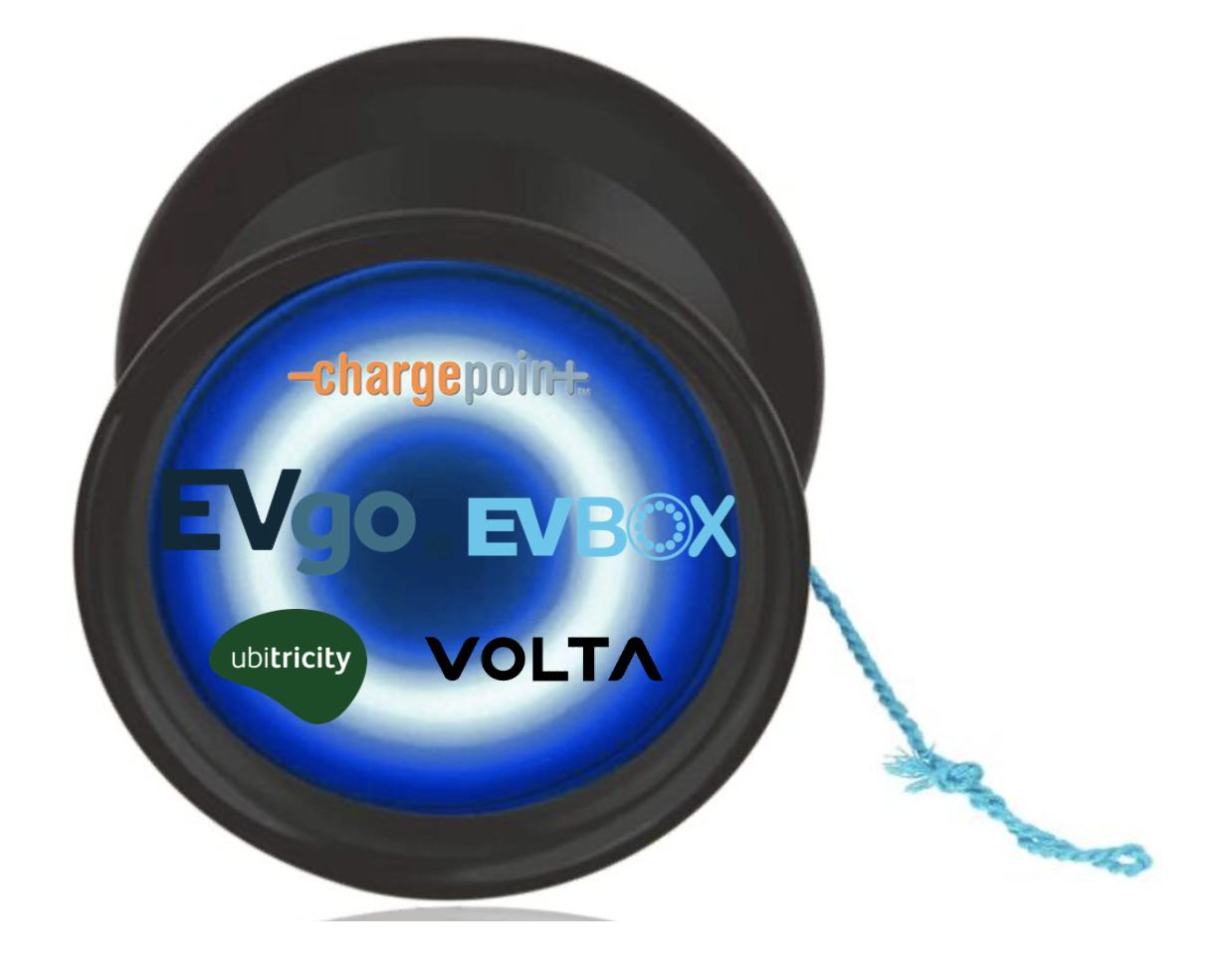Welcoming Eileen Waris to Energize Ventures
Energize won the lottery earlier this winter when Eileen Waris agreed to join our firm as an Associate. She comes to us after spending nearly three years in getting dual graduate degrees at Stanford. At Stanford she earned both her MBA at GSB and a Masters in Environmental Science.
Her elite academic talent is matched by her professional accomplishments. She began her career as a high achiever at Deloitte before spending shorter stints at Estee Lauder, and as an investor at the Westly Group. Even after these experiences, Eileen then tried her hand in Corporate Sustainability at Tyson Foods.
This curiosity to explore different career paths and push herself into new experiences is a hallmark of a successful Energize teammate. But there is one other important part of Eileen joining Energize….
At Energize our motto is “accelerating digital innovation for energy and sustainable industries”. Within our team we have experts on renewables, power, utilities… and were light on expertise in some of the other sustainable verticals. Eileen’s background in the sustainable ecosystem gained through her education and work experiences immediately propels her into the spotlight on a number of investment themes at Energize Ventures.
“I’m excited about forming relationships with founders and helping them scale their ideas,”… “There are so many bright people out there with solutions that can improve the future of our planet. Many technical advancements have already been made, and now corporations and consumers have shown they’re willing to take meaningful action against climate change too. That makes this a really exciting time to invest in the space.”
Eileen Waris, Associate at Energize Venturs
I can’t wait to see what she accomplishes here. I encourage any entrepreneur focused on the digital acceleration of sustainable industries to get to know Eileen.
—
A link to the Energize press release can be found here.






